Most travelers dread rainy days, checking forecasts anxiously and rescheduling plans when precipitation threatens. Yet certain destinations actually reveal their truest character, their most atmospheric qualities, and their deepest beauty, specifically when rainfall transforms them.
These places don’t merely tolerate wet weather—they become fundamentally different and often more authentic experiences when seen through rain-washed perspectives. For the traveler willing to embrace less-than-perfect conditions, these rain-enhanced locations offer magical moments that sunshine-only visitors will never discover.
Here is a list of 15 destinations that transform from merely impressive to genuinely magical when experienced during rainfall.
Kyoto’s Moss Gardens
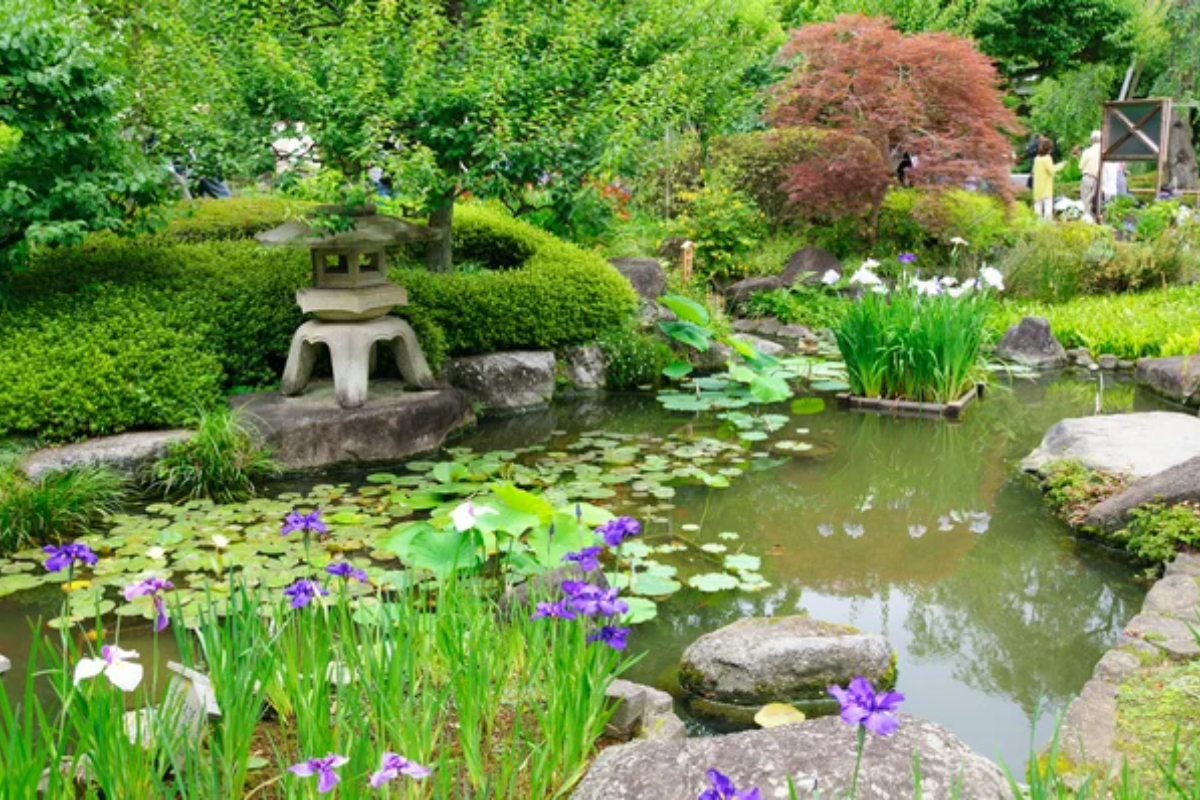
The ancient imperial capital of Japan contains numerous temples where moss gardens serve as living art installations where rainfall transforms from merely beautiful to transcendent. Rainfall darkens stone paths and wooden structures to deep charcoal tones that contrast dramatically with the intensified greens of moss varieties covering gardens like Saihō-ji, famously known as the Moss Temple.
The sound of rain droplets striking broad-leafed plants creates natural music, perfectly complementing the visual experience of these gardens. Many Japanese visitors specifically seek rainy days for visiting these locations, understanding that precipitation reveals their intended aesthetic.
The Cliffs of Moher
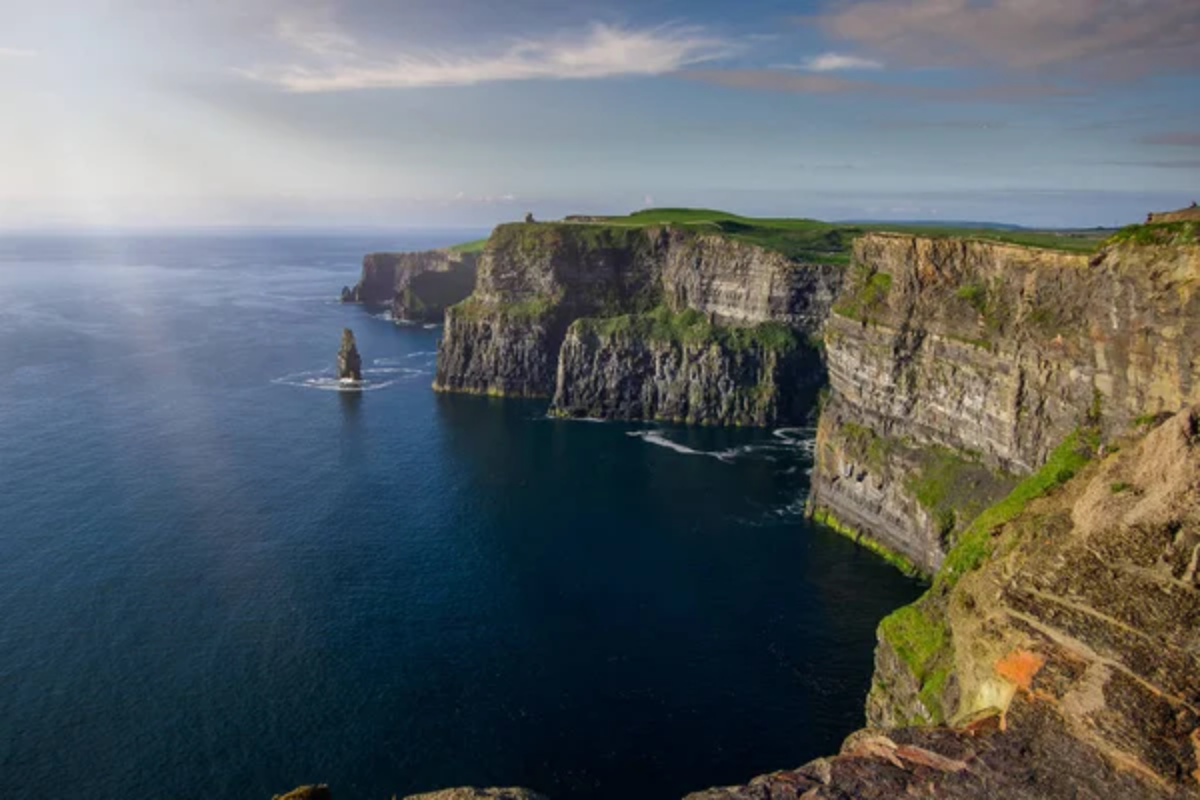
Ireland’s most famous coastal feature develops atmospheric qualities during rainfall that transform visitor experiences from scenic viewing to an emotional connection with the landscape’s essential character. Mist rising from where rain meets ocean creates layers of visibility that emphasize the cliffs’ towering scale far more effectively than clear conditions allow.
The intensified greens of surrounding pastures create color contrasts with dark stone and gray water that seem almost artificially enhanced. The combination of rainfall and wind demonstrates the environmental forces that shaped these structures over millennia in ways sunshine cannot convey.
Like Travel Pug’s content? Follow us on MSN.
Angkor Wat

Cambodia’s ancient temple complex acquires dramatic visual qualities during monsoon season downpours that accentuate architectural details and historical atmosphere. Rainwater streaming down carved stone faces and figures create the impression of ruins literally coming alive, with rainfall animating otherwise static features.
The temple’s reflecting pools and moats fill during rainy periods, restoring the original visual design that included water as an essential element. The reduced crowds during rainfall allow visitors to experience spaces with atmospheric solitude impossible during dry, busy periods.
New Orleans’ French Quarter
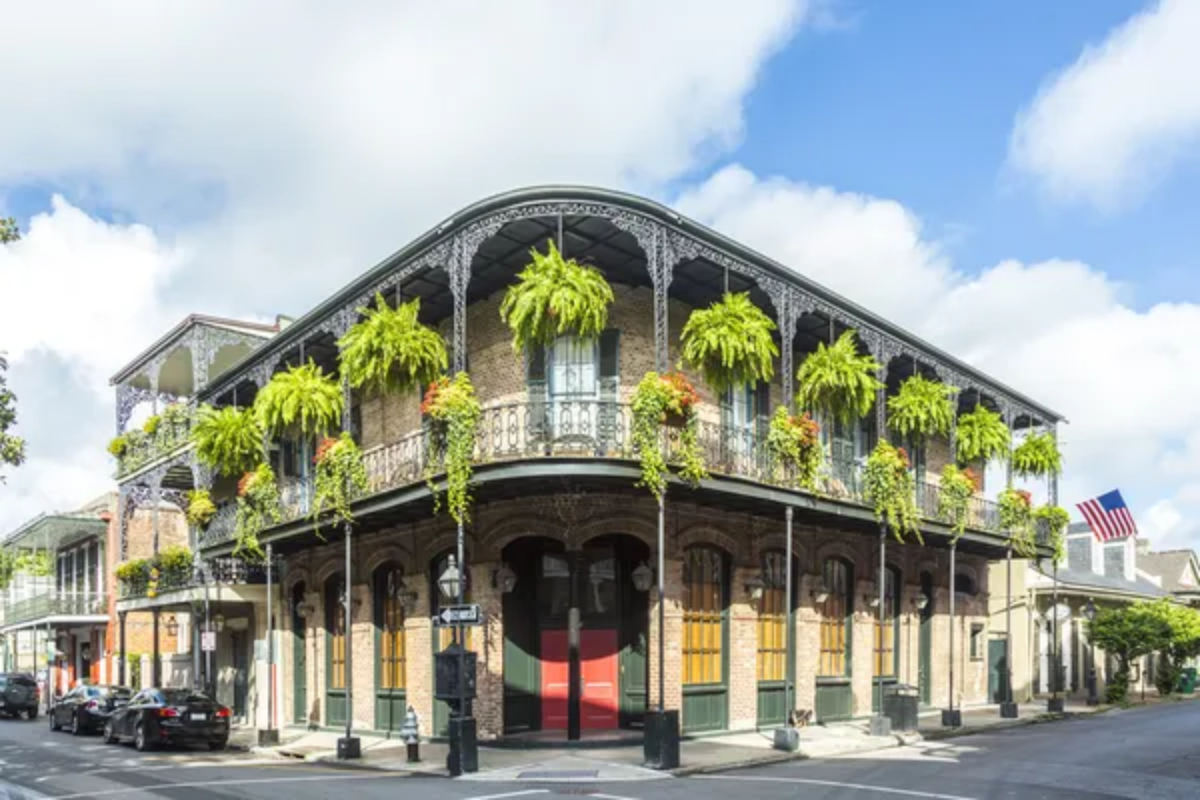
The historic heart of Louisiana’s cultural capital reveals its authentic character during rainfall when glistening cobblestones and wrought-iron balconies create scenes straight from literary descriptions. The distinctive sound of rain through the Quarter’s unique urban environment—dripping from balconies, flowing through historic gutters, striking tropical foliage—creates sensory dimensions absent during dry periods.
Many local musicians claim the city’s distinctive jazz sounds better during rainfall, with precipitation creating natural acoustic effects complementing the music. The cultural tradition of embracing rather than avoiding rain means businesses and activities continue regardless of weather, creating authentic experiences of the city’s resilient character.
Edinburgh’s Royal Mile

Scotland’s historic capital city develops mysterious qualities during rainfall that connect modern visitors with the atmospheric descriptions found in centuries of literature about the city. The distinctive local stone darkens dramatically when wet, transforming the architectural color palette toward the deeper, richer tones that inspired generations of Gothic novelists.
Mist forming between buildings creates natural spotlighting effects where church spires and castle towers emerge dramatically from obscurity. The steaming breath of pedestrians and the warm glow from pub windows create human elements perfectly complementing the rain-slicked cobblestones and ancient walls.
Like Travel Pug’s content? Follow us on MSN.
Venice’s Narrow Canals
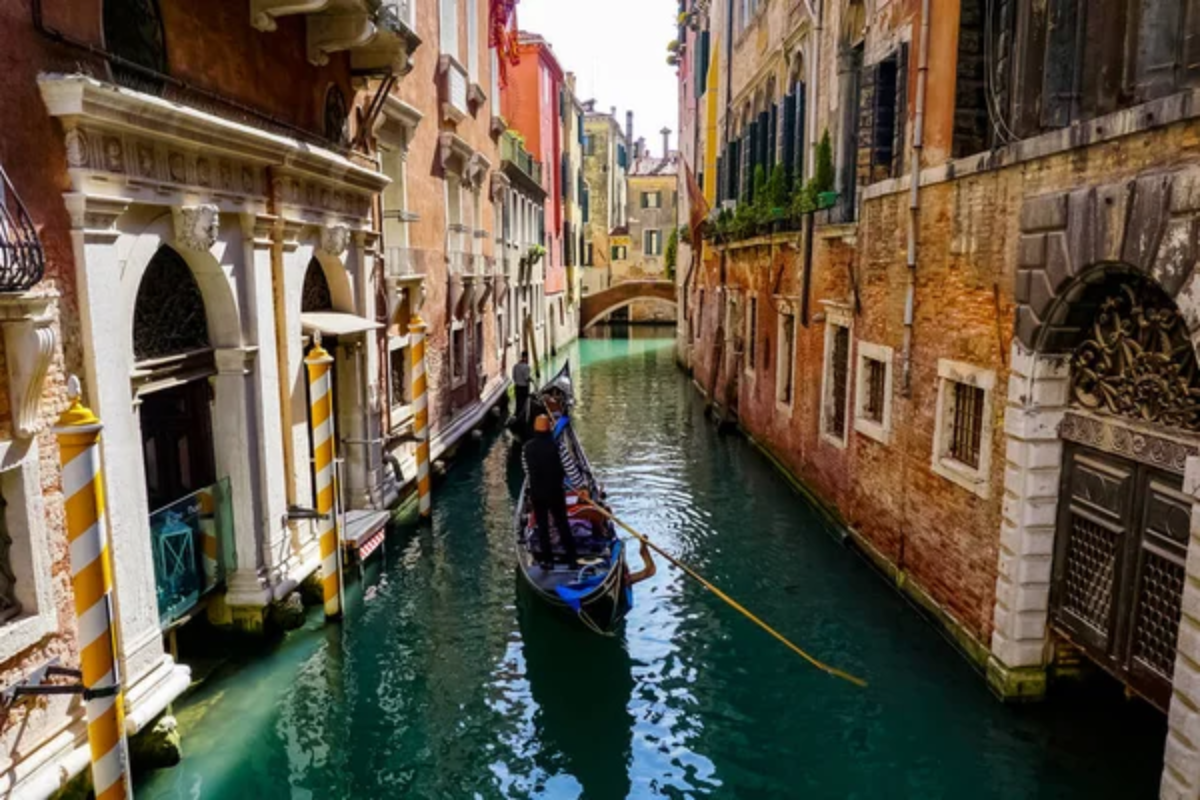
Italy’s famous floating city acquires reflective magic during rainfall that doubles its already considerable visual appeal through mirror effects on wet surfaces. The distinctive sound of rainfall striking canal waters creates ambient acoustic experiences unique to Venice and impossible during dry weather.
Reduced tourism during precipitation allows visitors to experience the city’s authentic rhythms, with locals reclaiming spaces often surrendered to crowds during sunny periods. The centuries-old tradition of acqua alta (high water) sometimes accompanying rainfall connects contemporary visitors with historical experiences of the city’s unique relationship with water.
The Columbia River Gorge
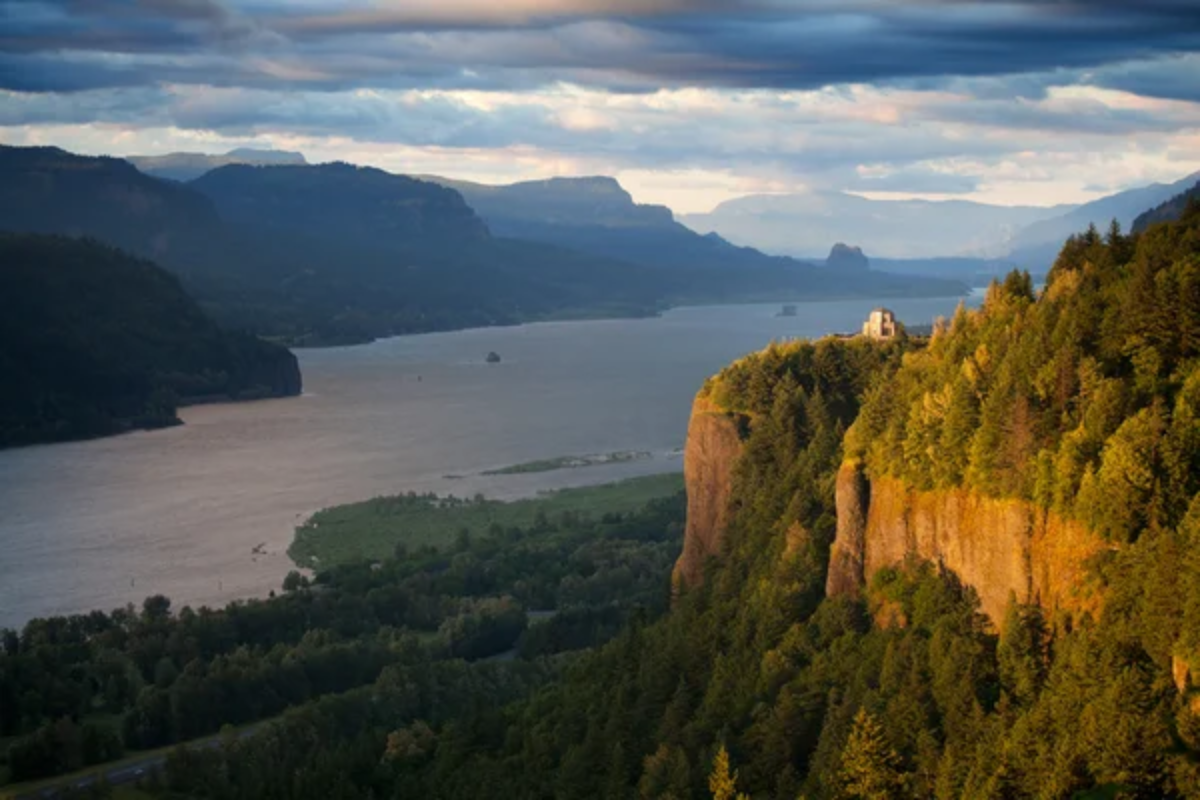
This dramatic landscape dividing Oregon and Washington transforms during rainfall into a wonderland of ephemeral waterfalls appearing where none exist during dry periods. The famous permanent waterfalls along the gorge—including Multnomah Falls—gain tremendous volume and drama during extended rainfall, often doubling or tripling their visual impact.
The distinctive smell of rain interacting with the gorge’s diverse plant life creates olfactory dimensions absent during dry weather. The atmospheric layering of rainforest environments becomes visually apparent during precipitation, revealing ecological relationships otherwise invisible.
Haleakalā National Park
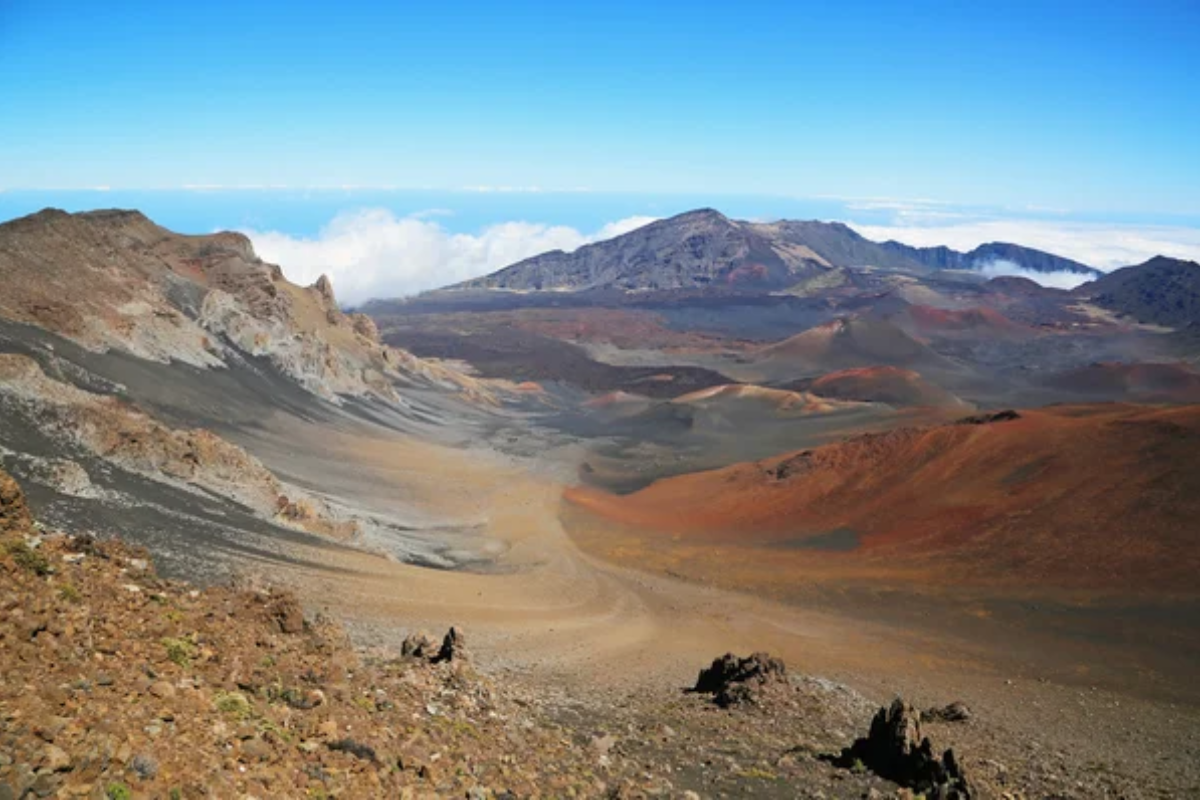
Maui’s massive shield volcano develops mysterious qualities during rainfall that transform the visitor experience from scenic overview to immersion in cloud forest ecology. The Martian-like crater landscape acquires ethereal dimensions when clouds and rain create visibility effects, revealing and concealing different features in succession.
The endangered silversword plants—found nowhere else on earth—display water-collection adaptations visible only during actual rainfall. The remarkable acoustics of the crater area transform rainfall into distinctive sounds that vary dramatically as visitors move through different sections of the park.
Like Travel Pug’s content? Follow us on MSN.
The Giant’s Causeway

Northern Ireland’s famous hexagonal basalt columns acquire their most dramatic appearance when rainfall enhances their distinctive black coloration and creates reflective surfaces, highlighting their geometric precision. The dramatic meeting of rain and sea spray along the causeway’s outer edges creates misty conditions perfectly matching the location’s mythological associations.
The reduced crowds during rainfall allow visitors to experience the stone formations with contemplative solitude impossible during busy, dry periods. The geological story of the causeway’s volcanic creation becomes more intuitively understandable when rainfall demonstrates how water interacts with these distinctive rock formations.
The Great Smoky Mountains

America’s most visited national park reveals the source of its name primarily during and immediately after rainfall when moisture creates the distinctive blue mist that early settlers compared to smoke. The remarkable biodiversity of these ancient mountains—particularly their world-record salamander populations—becomes active and visible primarily during damp conditions when many species emerge.
The sound of rainfall striking different canopy layers in the old-growth forests creates acoustic experiences that connect visitors with ecological processes. Traditional Cherokee knowledge about these mountains specifically includes understanding their character during rainfall, when certain features become visible and others disappear.
The Lake District
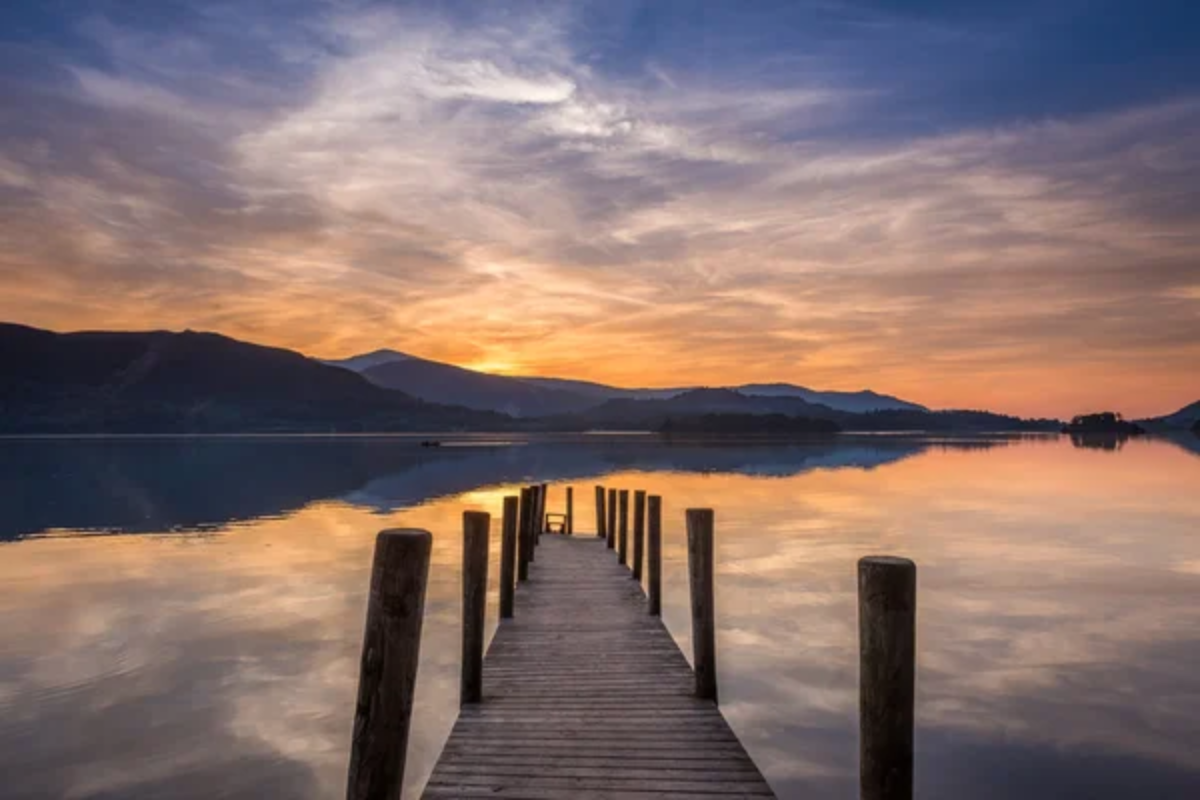
England’s famous landscape of romantic poetry develops its literary qualities most completely during the rainfall that has shaped both its physical features and cultural associations. The distinctive lakes develop enhanced reflective qualities during rainfall, often creating mirror effects when precipitation transitions to misty clearing.
The sound of rain moving through valleys and striking the numerous water bodies creates acoustic landscapes that directly inspired works by Wordsworth, Coleridge, and their contemporaries. The constantly changing light conditions during passing rain showers create visual effects across fells and lakes that demonstrate why this landscape particularly attracted painters focused on atmospheric qualities.
Like Travel Pug’s content? Follow us on MSN.
Arashiyama Bamboo Grove
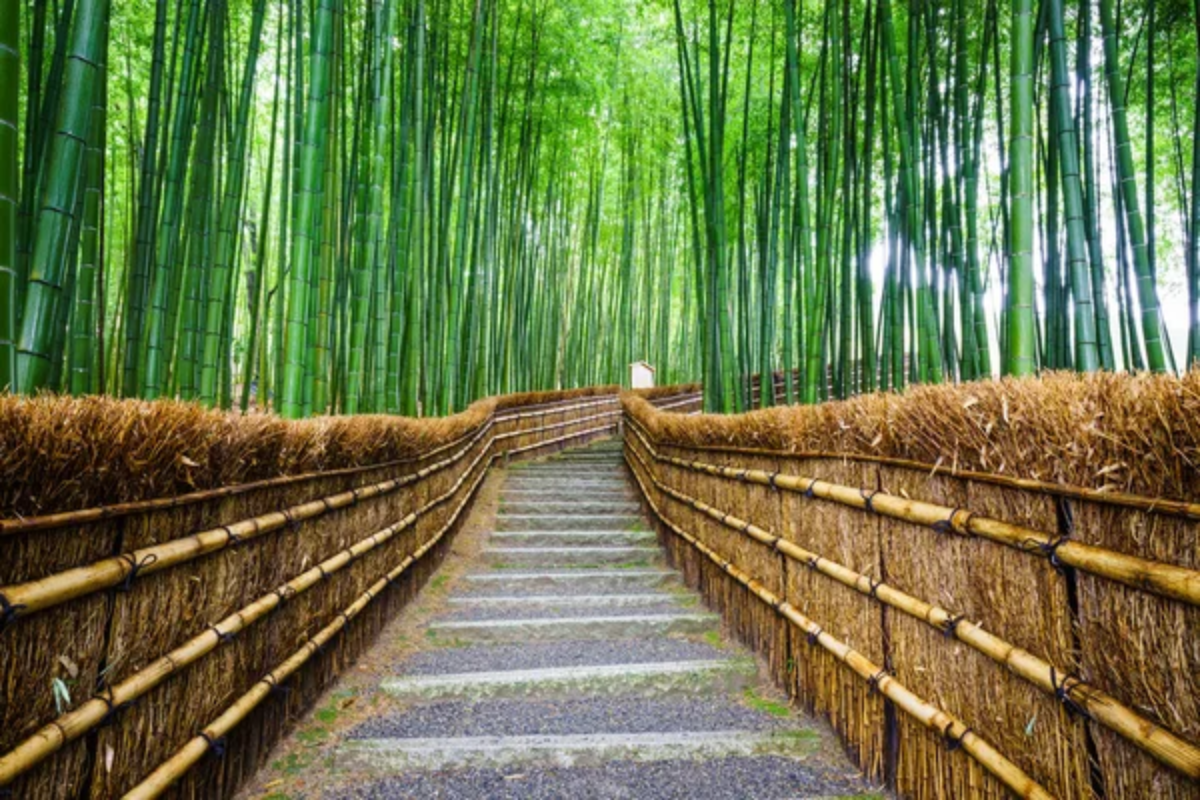
Kyoto’s famous bamboo forest transforms during rainfall into a multi-sensory experience due to the distinctive sound of precipitation striking bamboo at different heights. The wet bamboo trunks acquire enhanced green coloration and reflective qualities that accentuate the corridor effect, drawing visitors visually through the space.
The traditional Japanese oil-paper umbrellas carried by some visitors create visual elements that perfectly complement the vertical lines of the bamboo. The reduced crowd noise during rainfall allows the natural acoustics of precipitation in bamboo forests to become the dominant auditory experience.
Prague’s Old Town
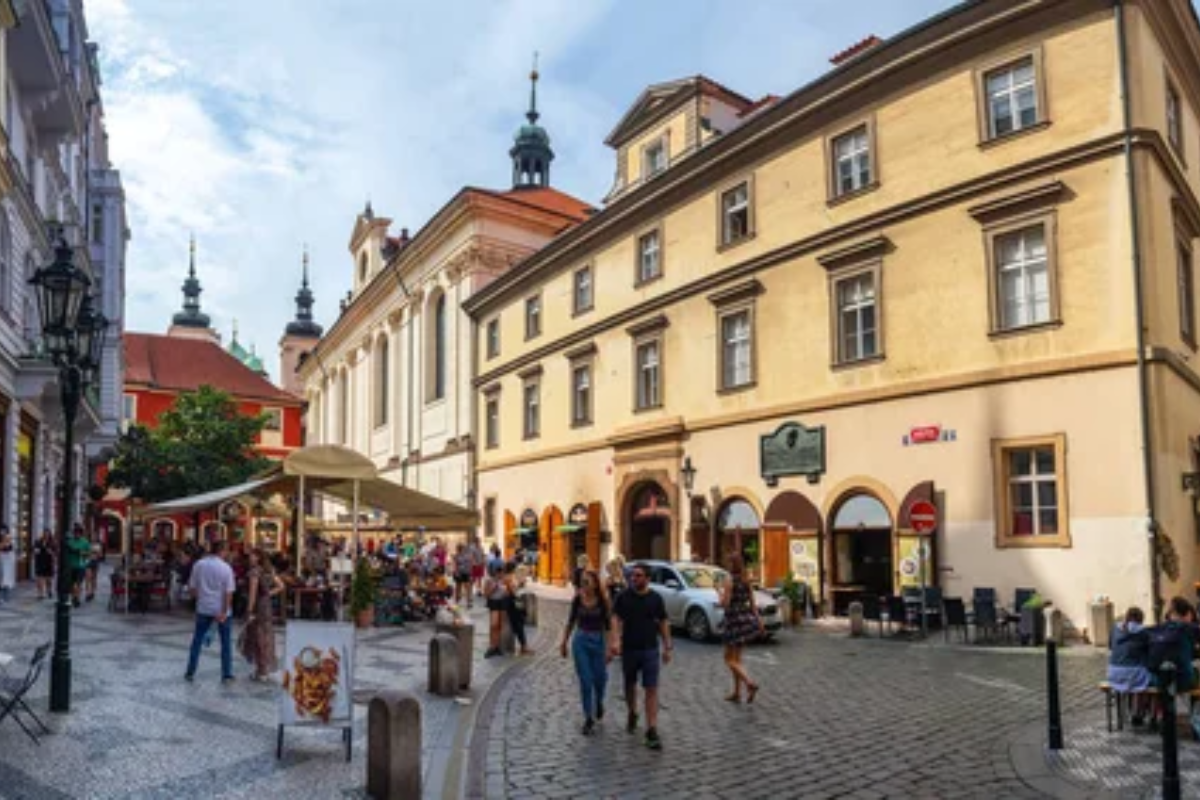
The Czech capital’s historic center acquires fairy-tale qualities during rainfall when wet cobblestones reflect architectural details that many visitors miss during dry conditions. The distinctive sound of rainfall moving through the city’s medieval street layout creates acoustic experiences connecting contemporary visitors with centuries of urban history.
The golden lighting from traditional street lamps reflects dramatically off wet surfaces during evening rainfall, creating photographic opportunities unavailable in dry weather. The Czech cultural tradition of taking shelter in historic cafés during rainfall connects visitors with authentic local experiences rather than tourist-focused activities.
Glencoe
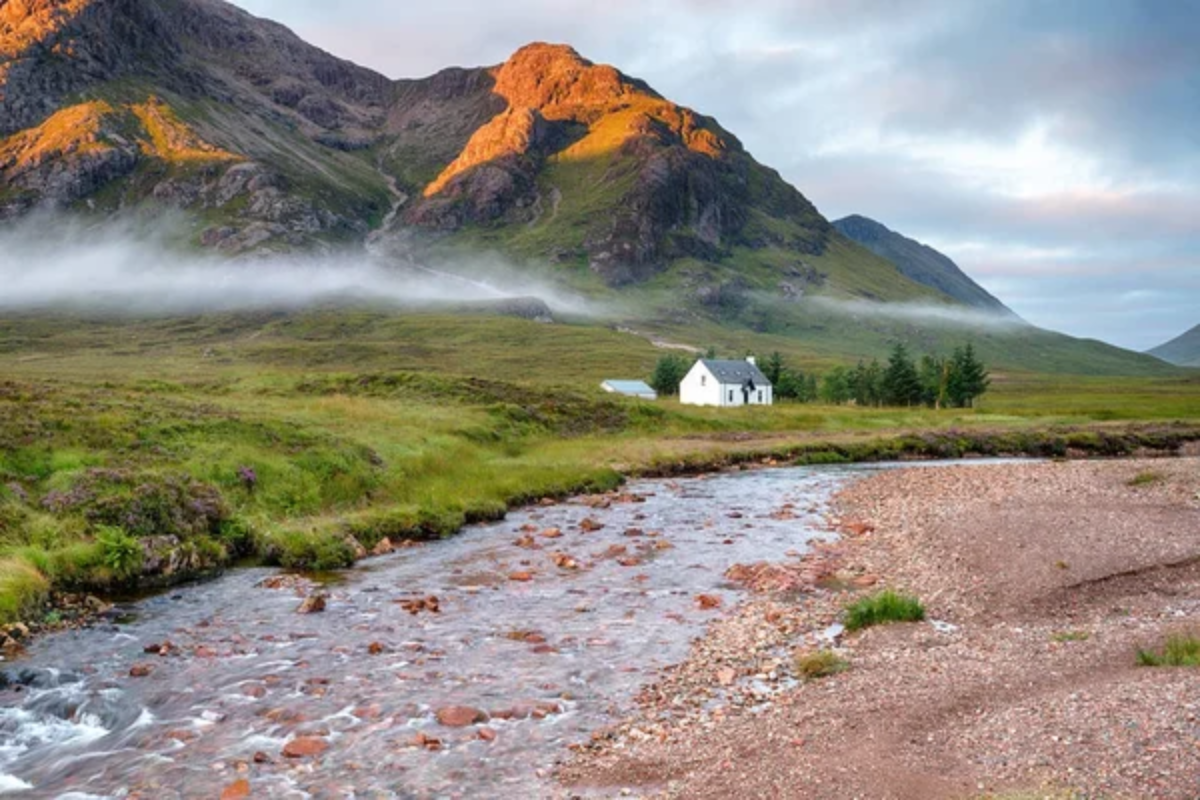
Scotland’s most famous highland landscape reveals its dramatic character most completely when rain showers move through its distinctive valley, creating constantly changing visibility conditions. The numerous waterfalls throughout the glen gain tremendous volume and visual impact during sustained rainfall, sometimes multiplying in number as ephemeral falls appear on steep slopes.
The historical and cultural associations of the area—particularly the famous massacre—seem more immediately present during atmospheric rainfall than under bright conditions. The reduced visitor numbers during wet weather allow for more contemplative experiences connecting with both the natural dramatics and human history of this iconic landscape.
Like Travel Pug’s content? Follow us on MSN.
Mount Rainier National Park
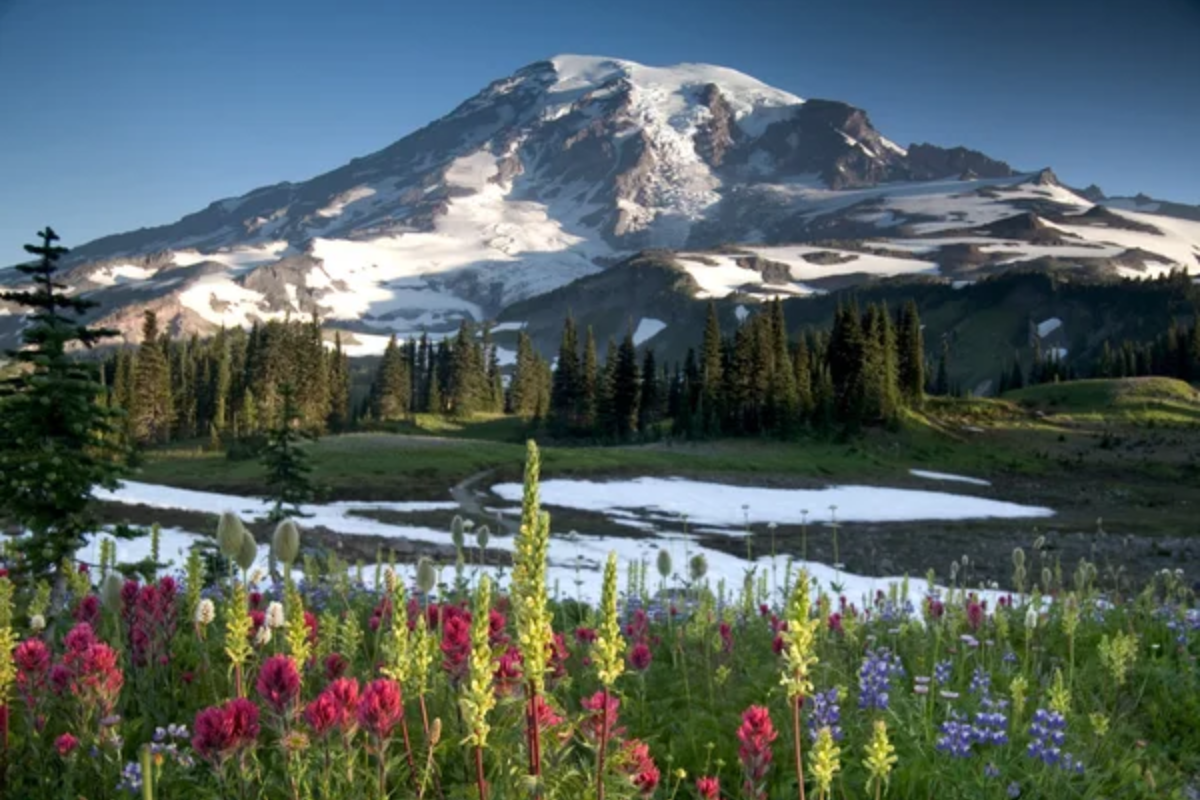
Washington’s iconic volcano creates its weather systems that generate distinctive rainfall patterns, revealing the mountain’s true character and ecological significance. The numerous waterfalls throughout the park—including the appropriately named Christine Falls—develop tremendous power and beauty during rainfall periods.
The mountain’s famous wildflower meadows actually display their flowers to best advantage when rain droplets cling to petals and leaves, creating macro photographic opportunities. The dramatic clearing periods following rainfall, when clouds lift progressively from lower elevations, often reveal the mountain in layered glimpses more magnificent than completely clear views.
Embracing the Elements
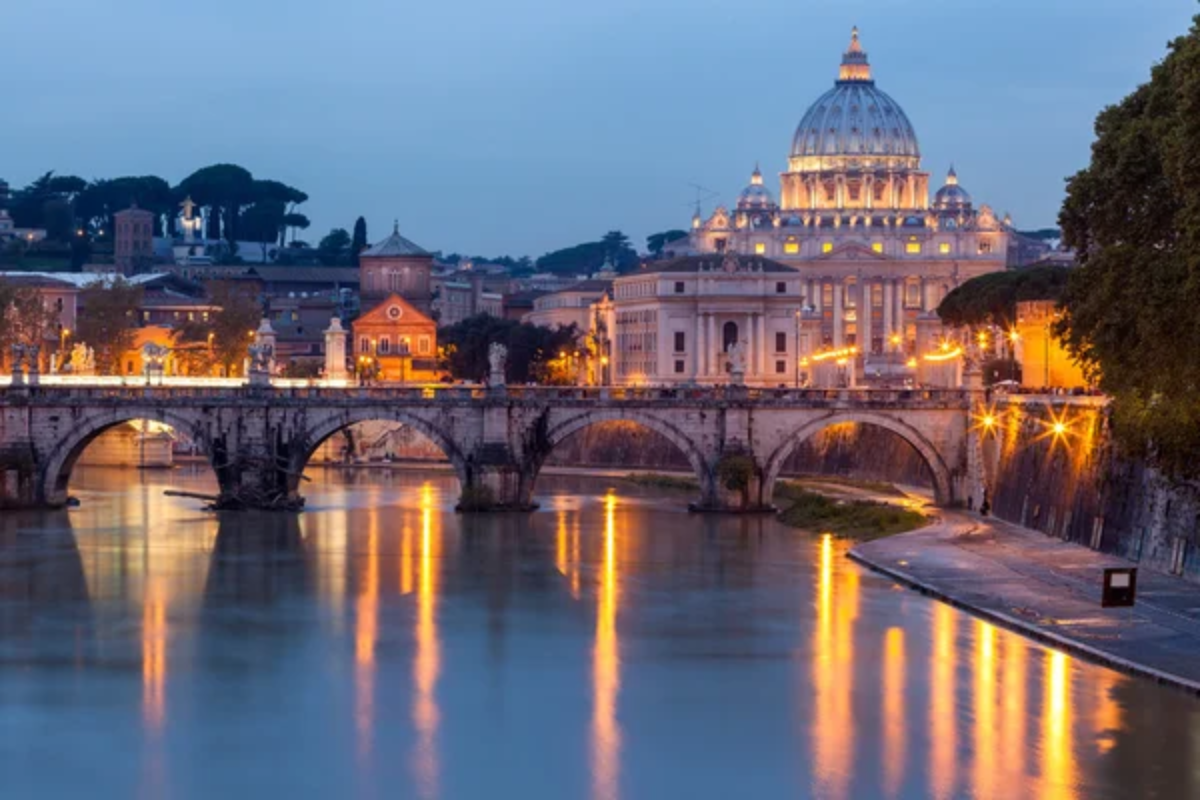
These rain-enhanced destinations remind us that perfect conditions for truly experiencing a place may differ dramatically from perfect conditions for conventional tourism. They demonstrate that authentic connection with environments, cultures, and histories often comes through embracing rather than avoiding the very elements that shaped them.
These locations offer special rewards to travelers willing to set aside preconceptions about ideal weather and instead discover how precipitation reveals dimensions of famous places that sunshine never illuminates. When rainfall transforms from inconvenience to enhancement, these landmarks reveal their most magical aspects to those prepared to see them through water-washed eyes.
More from Travel Pug

- Cities Growing so Fast You Won’t Recognize Them in 10 Years
- 13 Destinations Where Tourists Regularly Regret Their Trip
- 20 Obscure WWII Sites Even History Buffs Don’t Know About
- 10 Under-the-Radar Mountain Towns That Are Both Affordable and Beautiful
- Remote Villages in Europe Where You Can Live for Free in Exchange for Work
Like Travel Pug’s content? Follow us on MSN.
